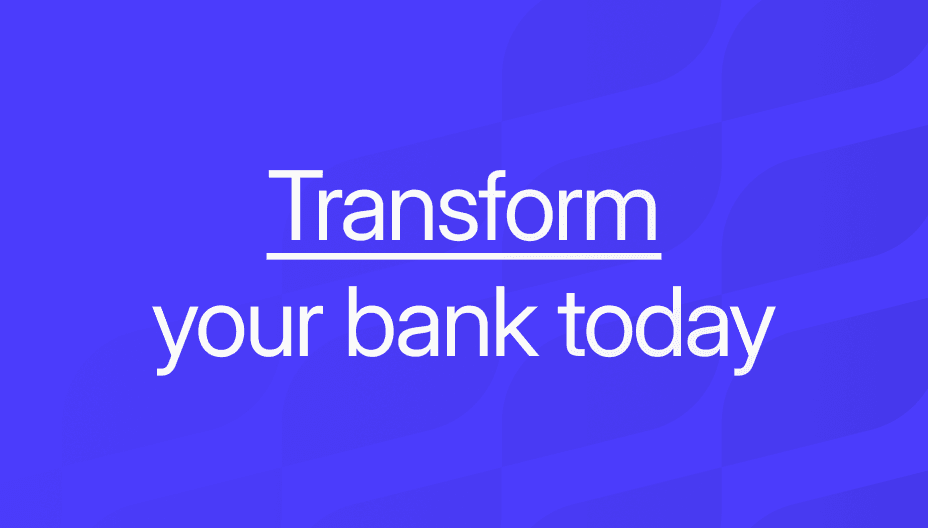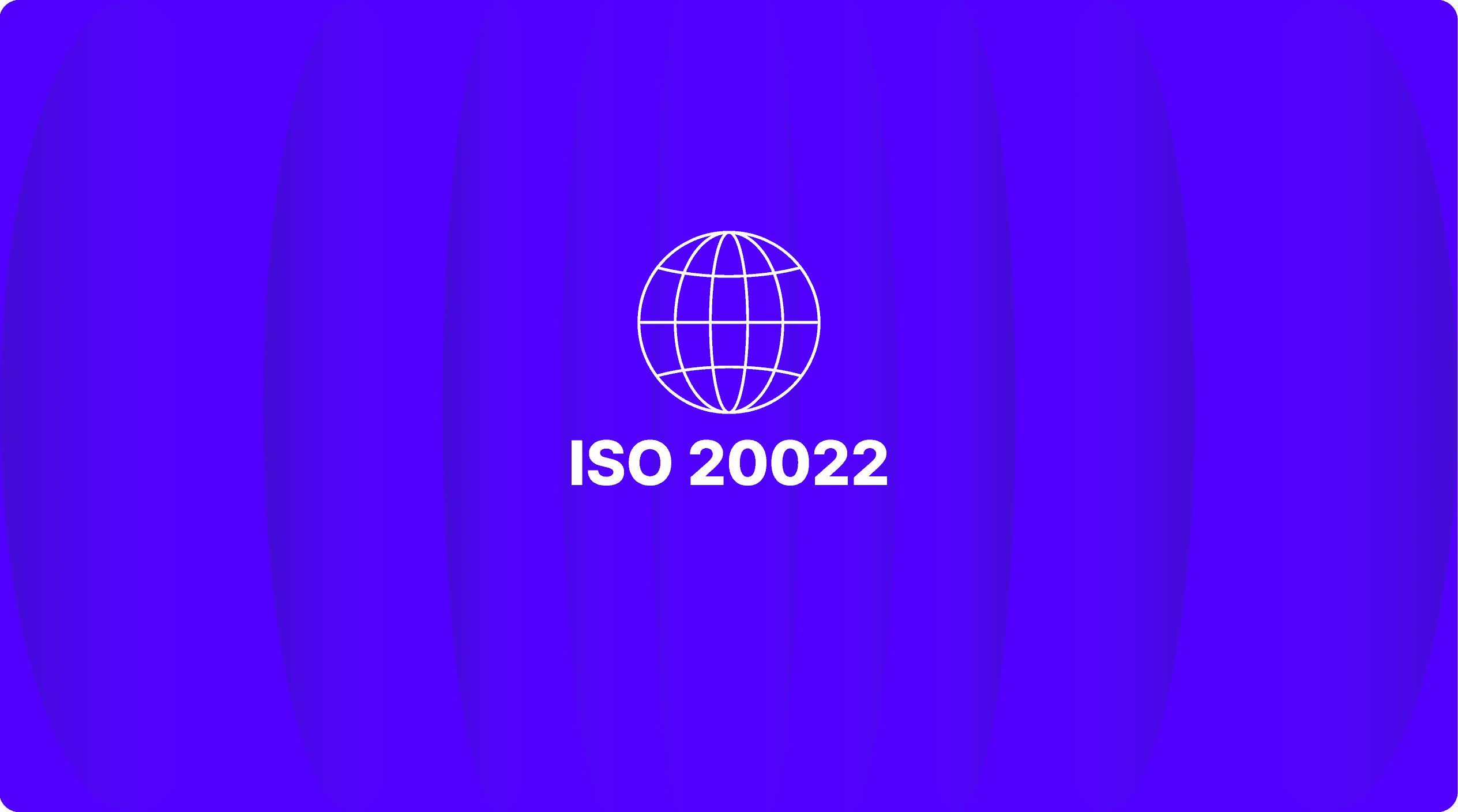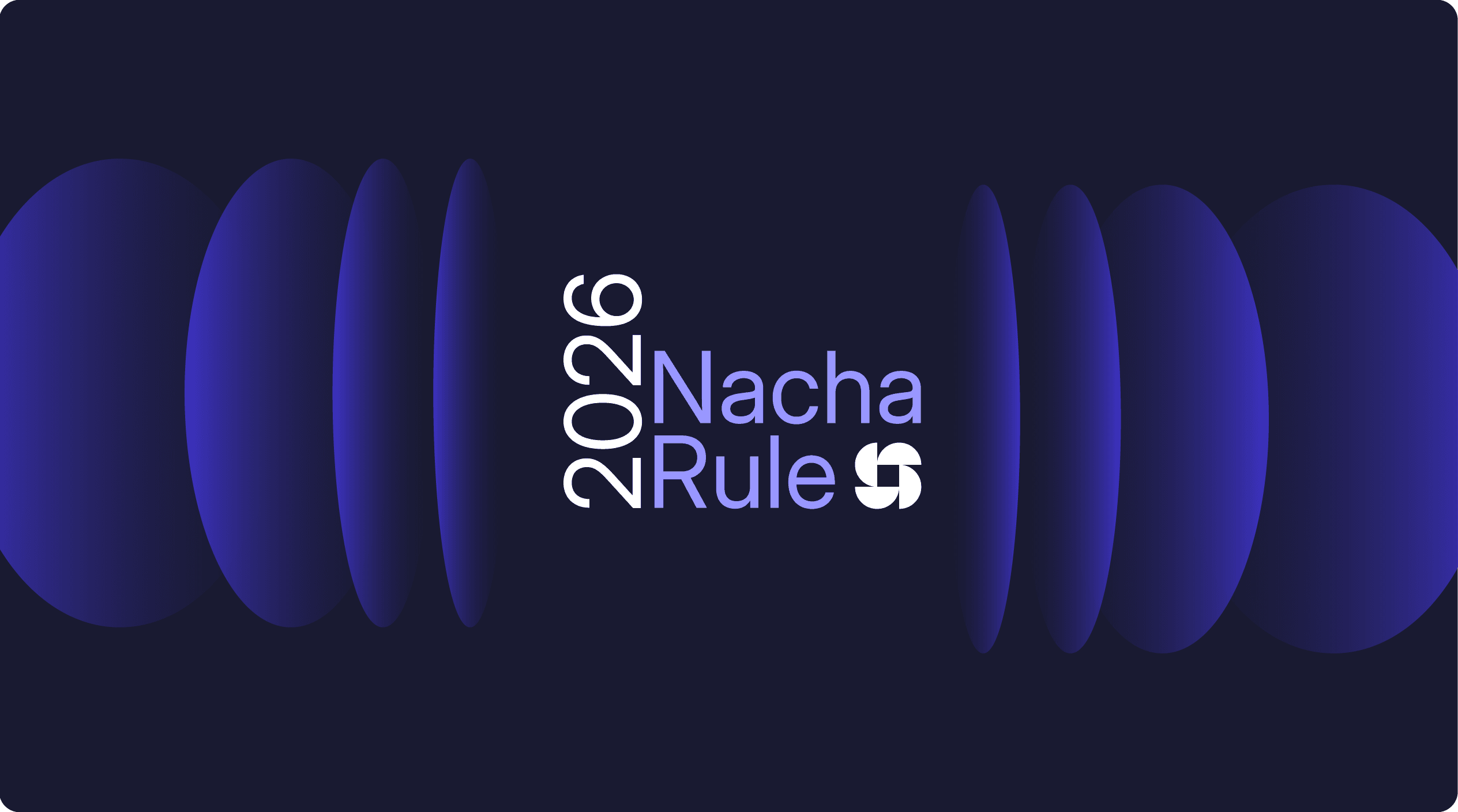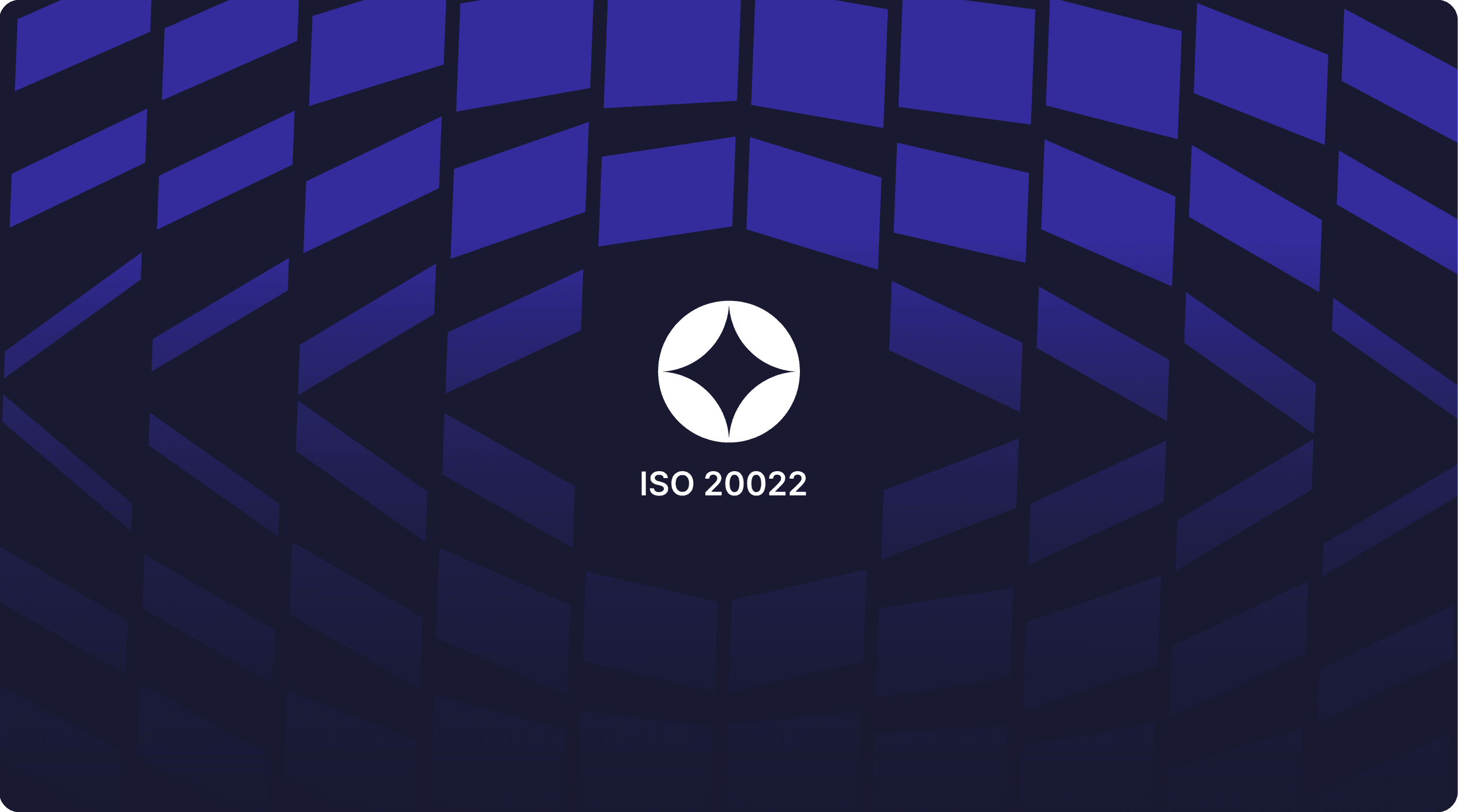Instant payroll — The obvious use case for RTP and FedNow
We live in a world where "instant" is becoming the new touchstone. Instant access to our favorite films, music, shopping and others in our personal lives is setting new standards to our fund access too. There is an increasing push towards instant payroll processing at gig economy companies, where increasingly workers demand instant access to earned wages, rather than having to wait for weeks. According to S&P Global, RTP volumes from the second quarter show that instant payroll accounted for 15% of the total volume, with an impressive 104% compared to the previous quarter.
The current golden standard
Currently, ACH's Direct Deposit is the preferred payment method for payroll processing. While it takes 3-5 days to process, because of the reliability of the service, 93% of American workers get paid through Direct Deposit. With no additional fees to receive their pay, it is also used to receive reimbursements and bonuses.
ACH is processed in batches, which means that employers always fight against cut-off times to submit direct deposits, otherwise the processing gets moved to the next business day. With typically 3-5 days to process ACH payments, employees need to count back at least four business days and make the payments to ensure that employees get paid on time.
Instant payments eliminate the drawbacks of "paycheck to paycheck" payment cycles, especially for gig workers. Paying drivers instantly by the trip, technology contractors by the hour is seeing a great welcome. Value-added services like "Request for payment" helps to keep up with the changing payment needs of the gig workforce.
Why are businesses moving towards instant payments for processing their payrolls?
Businesses are motivated by the ability to track invalid payments and possible efficiencies and cost savings by moving to process payrolls through instant payment rails.
"As a small business, ticking against the clock makes me nervous. I have to ensure that I don't end up incurring overhead fees like insufficient fund fee. Instant payroll is a great respite to help me manage the payroll for my employees", commented a small business owner who employs close to 40 employees.
Flexibility to pay instantly
Businesses can take advantage of the 24/7/365 availability of instant payments and need not worry about timetables for ACH processing and cut-off times. The greatest advantage of instant payments is its all-round availability, including after banking hours, on bank holidays, and even on Christmas Day.
Avoid errors with more time to check
Businesses can make last minute changes and run additional inspections, making use of the additional time, resulting in accurate payrolls.
Financial well-being of employees
Businesses can see improved employee retention with accurate and timely payroll processing. It also helps to protect the financial well-being of shift and gig workers, giving them more control over their money.
Reduce payroll processing costs
The ability to run accurate payrolls cuts the need to correct the costly errors like over- and underpayments on the ACH network.
Wherever the immediacy and instant confirmation of the payment counts, instant payments come in handy. Example situations include businesses that
- Run weekly payrolls for employees
- Encounter interim timesheet and expense submissions from employees
- Want to process the payroll for an employee who has joined just before the processing date
- Might need to process the payroll out of hours due to cash flow issues
The way forward
Instant payment services come loaded with perks and goodies to help businesses manage cash flow and working capital, giving them the leeway to wait until the last minute to release funds. Employers are also resorting to instant payments as a bait to attract and retain employees. The recent FRB survey results show that the top two use cases in the B2C segment are instant payrolls and expedited gig payments. Banks are also pushing themselves towards providing value-added services at an acceptable cost to their business customers, changing the outlook on payroll processing.

Get the monthly newsletter
Get the Finzly edge through our insights









